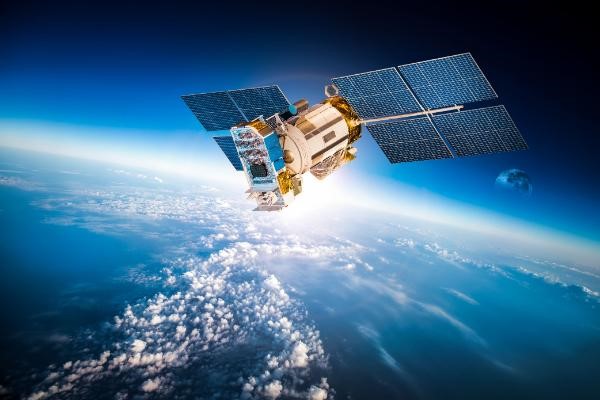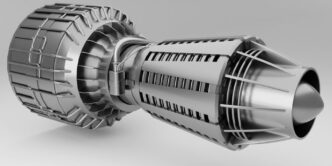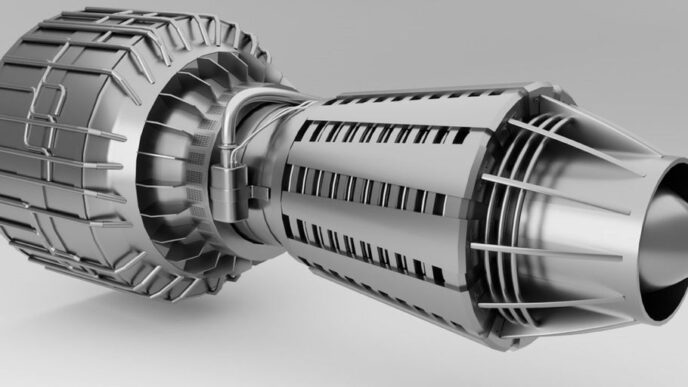Introduction
The global space semiconductor market is growing rapidly, driven by increased investment in space exploration and the growing demand for communication and connectivity. According to Global Insight Services, the market is projected to reach USD 7.2 billion by 2031, growing at a CAGR of 12.3% from 2021 to 2031. This growth is attributed to the increasing number of space missions and advancements in space technologies.
Market Overview
The space semiconductor market is segmented based on product type, application, and region. The product type segment includes memory, microprocessor, integrated circuits, and discrete power devices. The application segment includes satellite, launch vehicle, and others. Among these, the satellite segment is expected to dominate the market owing to the increasing demand for remote sensing and communication.
Regional Analysis
The market is analyzed across North America, Europe, Asia Pacific, Latin America, and the Middle East & Africa. North America is expected to dominate the market due to the presence of major market players and significant investment in space exploration by government agencies. The Asia Pacific is expected to witness the highest CAGR during the forecast period due to the growing demand for communication satellites and increased investment in space technologies by emerging economies such as China and India.
Read more about Space Semiconductor Latest Trends
Key Trends and Growth Opportunities
- Growing Demand for Small Satellites
The market for small satellites is growing due to their lower cost and faster manufacturing time. This has created opportunities for space semiconductor manufacturers to develop smaller and more efficient components that can be used in small satellites.
- Increasing Investment in Space Exploration
Government agencies and private companies are increasing their investment in space exploration, creating opportunities for space semiconductor manufacturers. This investment is driven by the potential to develop new technologies and to explore new markets.
- Advancements in Space Technologies
Advancements in space technologies such as reusable rockets, 3D printing, and robotics are creating opportunities for space semiconductor manufacturers. These advancements require new and improved components that can withstand the extreme conditions of space.
COVID-19 Impact
The COVID-19 pandemic is anticipated to moderate impact the overall market growth over the next few years owing to restrictions over the trade of electronics globally. Various countries including Italy, Germany, France, U.S., South Korea, and Japan are severely disrupted in the short term. Thus, semiconductors and electronics are expected to incur major declines in the first half of 2020 due to a decline in trade constraints. However, it is expected that the trade of electronics should return to normal levels by the end of the second quarter of 2020.
COVID-19 has had a considerable impact on the value chain and the desire for radiation-hardened electronics in a variety of applications. COVID-19 has a considerable impact on satellite manufacturing through the use of radiation-hardened electronic components. Low production quantities and a high level of expertise characterize this sector, which has a small number of suppliers. COVID-19 has also caused supply chain disruptions, longer lead times in raw resources and components supplies, delays in contract executions, and lockdowns in several nations, particularly in Europe, where the third phase of lockdown was implemented in the first quarter of 2021. Some of the industry’s manufacturing activities are also delegated to back-end subcontractors and external silicon foundries.
Recent Developments
- In October 2022, MSU collaborated with Texas Instruments to create Space Electronics Center. MSU Space Electronics Center will focus on electronic circuits and systems that are less susceptible to damage from exposure to the ionizing radiation typically present in space.
- In March 2022, AMD acquired semiconductor company Xilinx for $50 billion in its push into the automotive hardware space.
- In October 2021, Honeywell launched Honeywell Anthem, a revolutionary connected avionics product that, due to its modularity, can be used across all the aviation platform including UAM/UAS, Air Transport, Commercial aviation and military aviation.
- In March 2021, Teledyne acquired the outstanding stock of FLIR for approximately $8.1 billion, comprising of net
- In February 2021, Honeywell acquired 100% of the shares outstanding of Sparta Systems, a leading provider of enterprise quality management software for the life sciences industry, for $1,303 million. Sparta Systems is expected to further strengthen the Company’s leadership in industrial automation, digital transformation solutions, and enterprise performance management software.
Conclusion
The space semiconductor market is expected to witness significant growth in the coming years, driven by increasing investment in space exploration and the growing demand for communication and connectivity. The market is segmented based on product type, application, and region. The key trends and growth opportunities in the market include the growing demand for small satellites, increasing investment in space exploration, and advancements in space technologies. As the market continues to evolve, space semiconductor manufacturers will need to focus on developing smaller and more efficient components that can withstand the extreme conditions of space.













